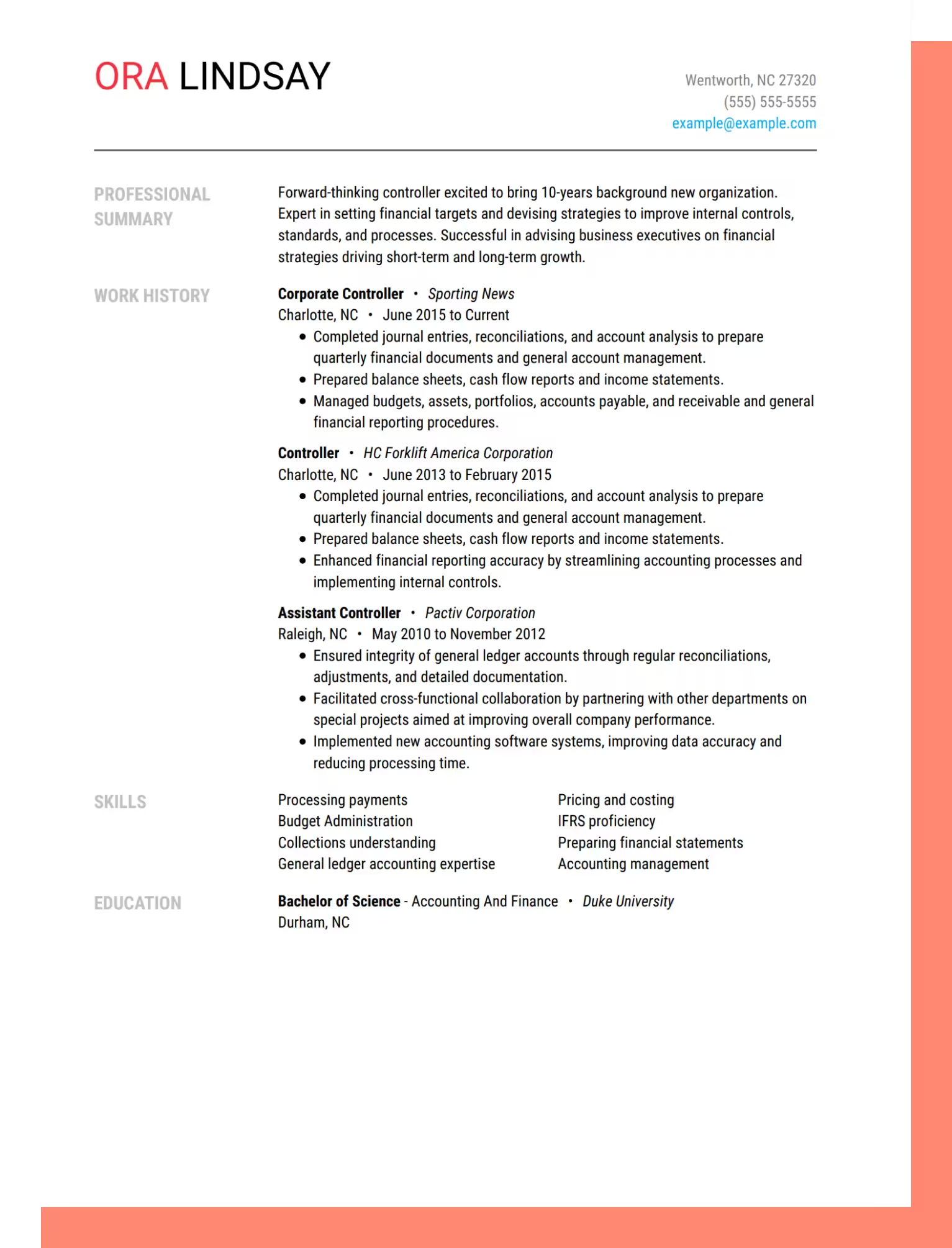Interior Design Resume Examples & Templates

- 30% higher chance of getting a job‡
- 42% higher response rate from recruiters‡
Our customers have been hired at:*Foot Note
Interior design professionals specialize in creating functional and aesthetically pleasing interior spaces. They work with clients to understand their needs, preferences and budget, and then use their expertise to design and plan the layout, color schemes, furniture, lighting and other elements of the space.
According to the U.S. Bureau of Labor Statistics (BLS), as of 2021, there were approximately 93,300 interior design professionals employed in the United States. Interior design employment is projected to grow 4% from 2019 to 2029, which is about as fast as the average for all occupations.
The demand for interior design professionals is influenced by factors such as population growth, new construction projects and the desire for aesthetically pleasing and functional spaces. Interior design professionals are often employed in specialized design services, architectural and engineering firms, furniture stores and self-employment.
Still, you must write a resume to beat the competition and obtain a great interior design job. That’s why we’re here. We’ll help you build the perfect interior design resume or CV and create an effective cover letter to accompany it. Plus, we offer some great resume, CV and cover letter examples to get you started.
More interior-design resumes by job title
Our customer reviews say it best
Our resume builder makes it easy to craft an impressive, ATS-friendly resume in just minutes.
- Free professionally designed templates.
- Expert suggestions for every section of your resume.
- Start a resume from scratch or edit your existing resume.
Interior design resume FAQ
What’s the ideal resume format for an interior design resume?
There are three standard resume formats. The one you choose should depend on your level of work experience and career goals.
- Functional format: Entry-level applicants will benefit from this format. The layout focuses on skills, allowing you to showcase everything that you can do.
- Combination format: This format puts the skills and work experience on equal footing. It’s a great option if you have a few years of professional experience.
- Chronological format: Ideal for seasoned professionals with many years of experience, this format showcases expertise through a detailed work history section.
What are some common skills required for interior design jobs?
Hiring managers for interior design jobs look for applicants who have a mix of soft and hard skills, specifically:
- Creativity
- Spatial awareness
- Interpersonal skills
- Attention to detail
- Communication
- Problem solving
- Technical skills
- Customer service
- Diplomacy
- Project management
- Relationship building
- Budgeting
- Time management
- Lighting design
- Collaboration
- Presentation
- Flexibility
- Adaptability
- Color theory
- Concept development
What qualifications and certifications do employers look for in this industry?
A bachelor’s degree is not always required to become an interior designer, but it will give you an edge over the competition. Most interior design professionals have an associate’s or bachelor’s degree in interior design, architecture or industrial design.
In some regions, interior design professionals may be required to obtain professional accreditation or licensure. This often involves completing a certain number of years of education and gaining practical experience through internships or apprenticeships. It’s important to research the specific requirements in your region.
What is the salary potential for a professional interior designer?
The median salary for an interior design job in the United States in 2021 was $60,340 per year. However, it’s important to note that salaries can range significantly, with some interior design professionals earning less than $30,000 per year and others earning over $95,000 or more annually.
Entry-level interior design professionals typically earn lower salaries compared to those with more experience. As interior professionals gain more years of experience and develop a strong portfolio, their earning potential tends to increase.
What does the career progression for professional interior design look like?
The BLS expects 8,200 new jobs for interior design professionals each year for the next 10 years due to workers who change occupations or retire


